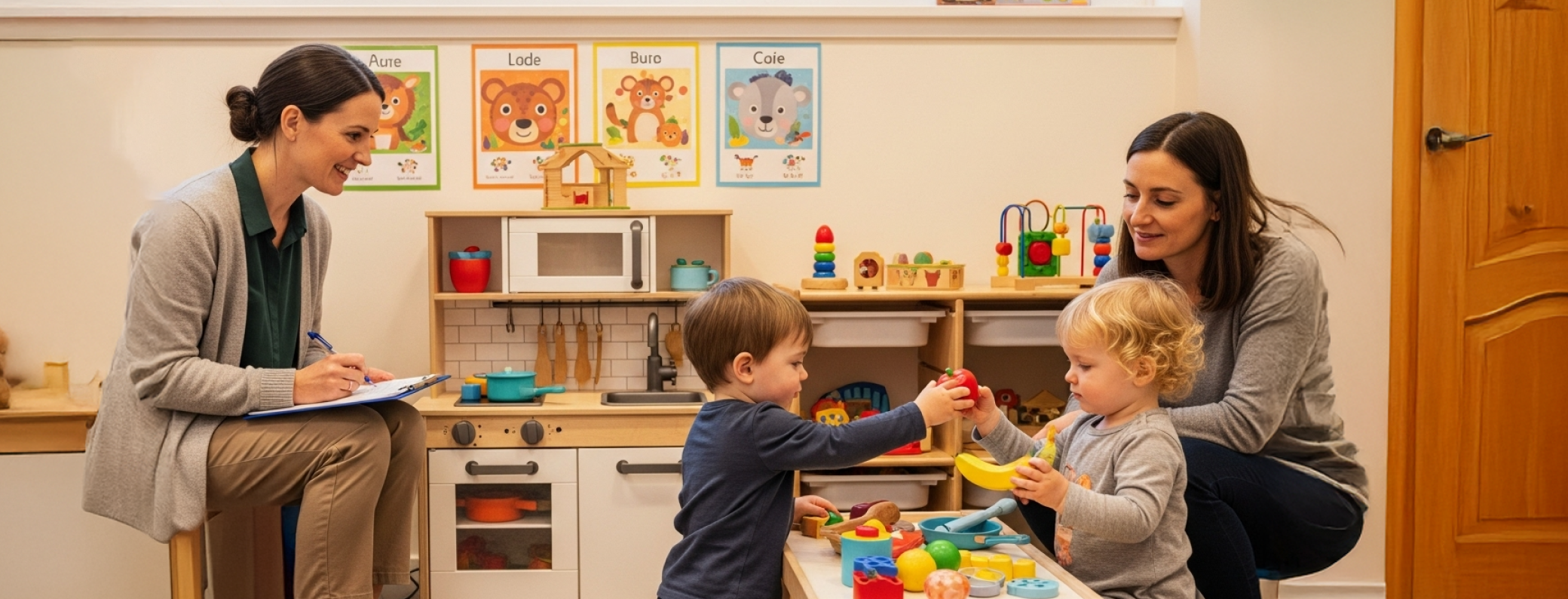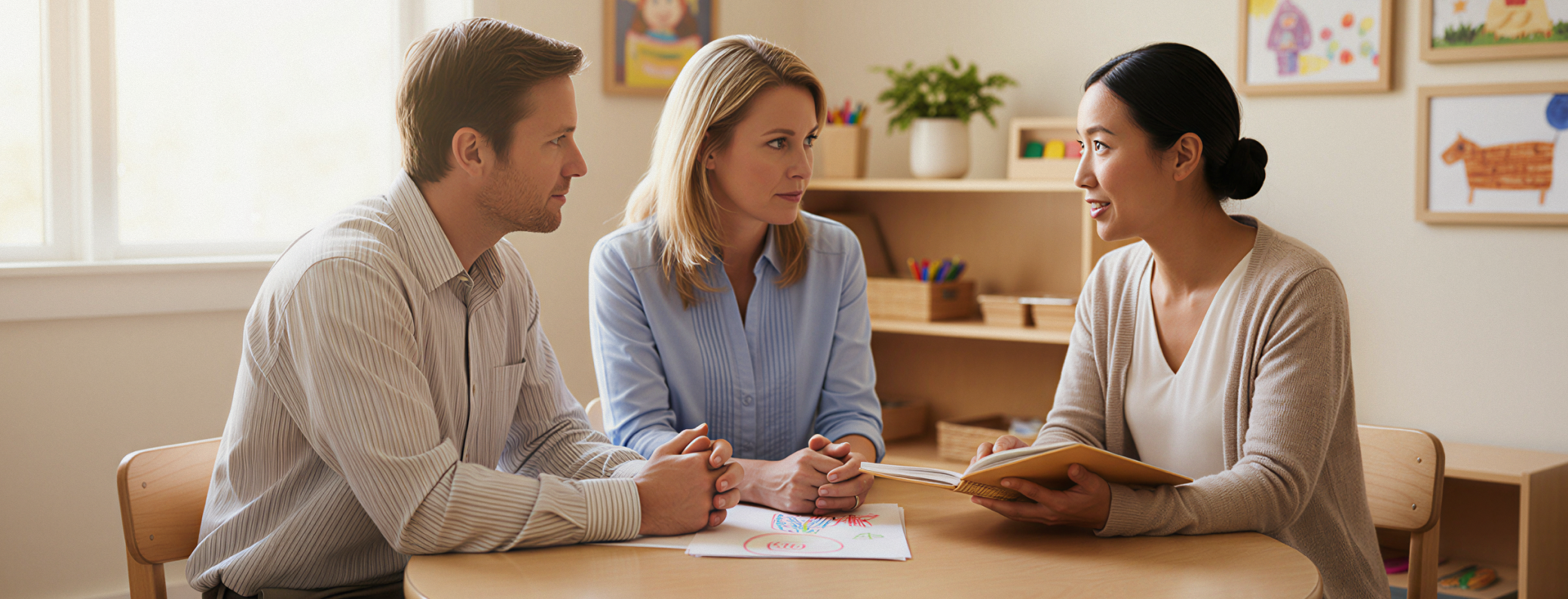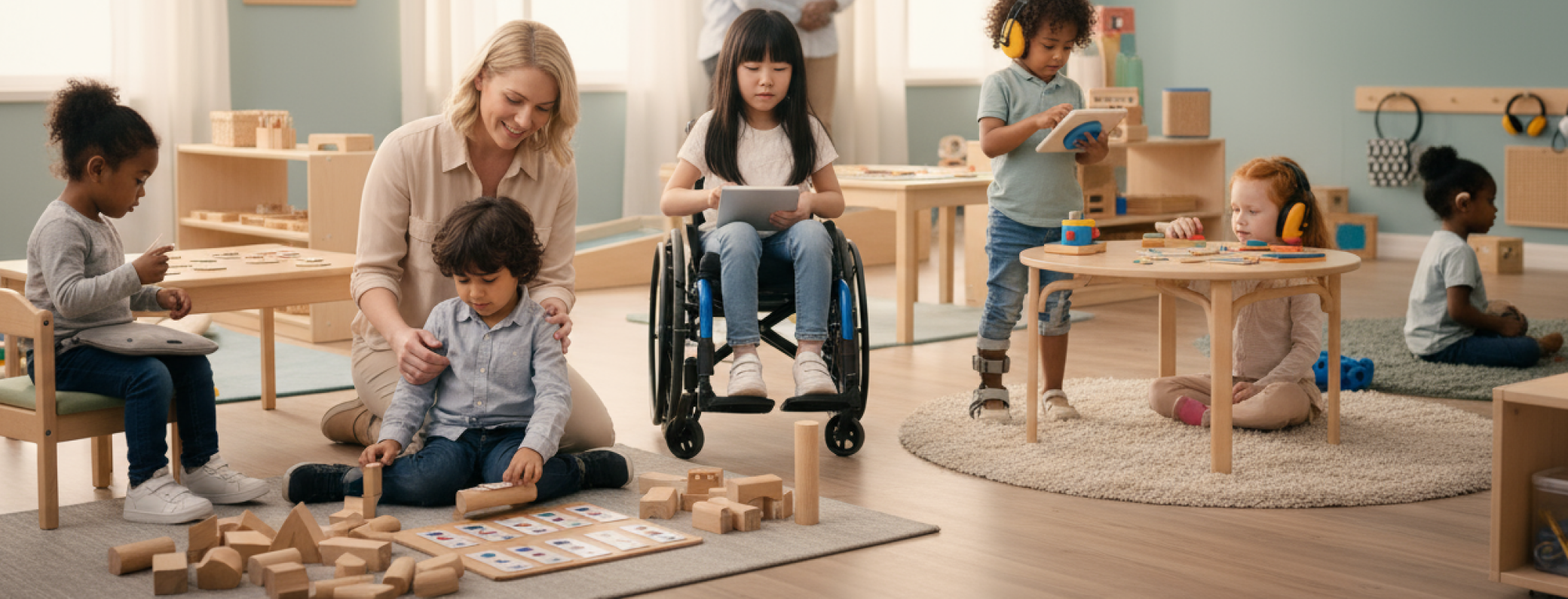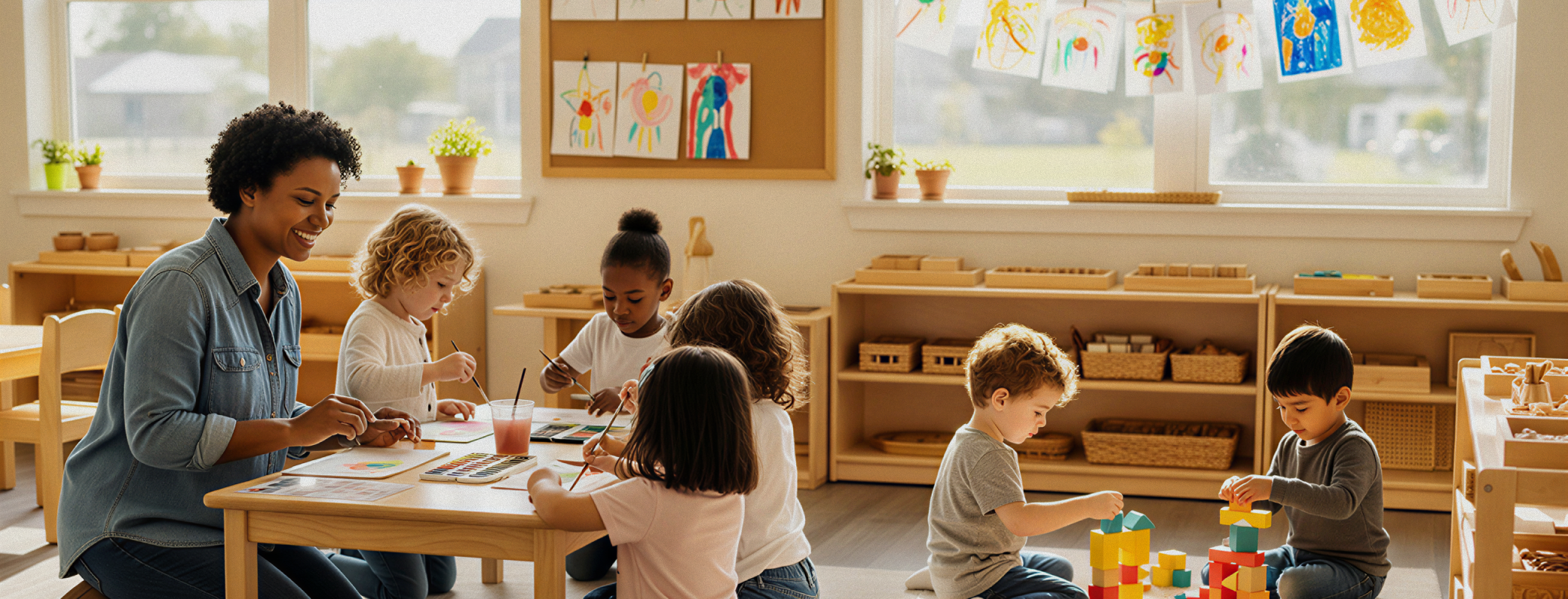By the time a child reaches age five, 90% of their brain development has already taken place. This makes the first years of life a critical window for growth. The progress check at age two, required within the EYFS, is a vital opportunity to identify strengths, spot emerging needs, and ensure children are on track at one of the most important stages in their development.
Two-year checks give educators and families a chance to pause, reflect, and take a closer look at a child’s learning and wellbeing. When done well, they ensure no significant concerns are missed and every child receives the right support at the right time.
Why the 2-Year Check Matters
The two-year progress check is designed to:
-
Identify developmental needs early: Language delays, social-emotional challenges, or motor skill difficulties can be addressed more effectively when spotted at two rather than later.
-
Provide a clear picture of strengths: Celebrating what a child does well builds confidence and helps educators and families nurture those strengths.
-
Strengthen home and school partnerships: Parents gain insight into how their child learns in the setting, while practitioners understand more about the child’s life at home.
-
Support transitions: Whether moving into preschool, preparing for school readiness, or engaging with health visitors and professionals, a well-documented check ensures consistency and continuity of support.
The EYFS is clear: the progress check must highlight areas where a child is progressing well, note any areas where development is less than expected, and identify actions to support future learning.
Challenges for Educators
Despite its importance, many practitioners find the 2-year check challenging to complete consistently due to balancing observations, planning, and admin within limited time, ensuring the check is not just a tick-box exercise but a meaningful reflection of the child, coordinating input from multiple practitioners, parents, and sometimes health professionals and presenting information clearly to families in a supportive, non-technical way.
This is where technology can make a real difference.
2-Year Check within the Parent App
Within the Parent App, the 2-Year Check feature is designed to simplify the process and help bridge the gap between educator and parent. Instead of compiling notes and going back and forth between observations, assessments and 2-years check, in the App everything is in one place and ready to share with parents. With the App it’s possible to:
-
1. Complete dedicated 2-Year Check forms directly in the app, aligned with EYFS requirements.
-
2. Pull observations and evidence automatically from the child’s portfolio such as photos, notes, or videos already logged during daily practice.
-
3. Collaborate as a team by allowing different practitioners to contribute observations and assessments, ensuring a balanced picture.
-
4. Engage parents instantly by sharing the check in a clear, parent-friendly format through the app.
-
5. Tag areas of concern or next steps so they can be easily followed up in planning.
By embedding the check into existing practice, Parent App makes it less of an “extra task” and more of a natural outcome of ongoing observations and family communication.
Best Practices for 2-Year Checks
To get the most out of this process, educators can follow a few key principles:
Base it on regular observation
The check should reflect a child’s everyday experiences, not a one-off assessment. Parent App’s ongoing observation tools make this evidence easy to pull together and reflect or pull from previous observations made.
Keep it collaborative
Involve parents, colleagues, and health professionals where needed. Families can contribute their own notes or feedback directly by uploading their own observations.
Focus on next steps
The check should not only highlight progress but also guide future support and planning. Parent App allows educators to link checks directly to learning goals and planning cycles.
Celebrate as well as identify needs
Families value hearing about their child’s strengths just as much as areas for development. When strengths or gaps are shared ensure you’re specific and share examples, to involve parents further.
The Value for Families
For parents, the 2-year check is often their first formal feedback about their child’s development in an educational setting. Clear, supportive communication builds trust and reassures families that educators know their child well.
Parent App enhances this by:
-
Allowing parents to revisit the check anytime, all reports are stored digitally, so they don’t get lost or forgotten.
-
Encouraging dialogue, families can respond, by adding a comment or sharing observations of milestones they’ve seen their children attain at home.
This turns the check into a genuine partnership rather than a one-sided report.
2-Year Check a Meaningful Tool for Early Intervention and Celebration of Growth
With 90% of brain development completed by age five, the years around age two are a critical window. The progress check ensures children are supported, and that families are engaged, and no important milestones are missed.
But for educators, the process can easily feel like one more administrative burden to get through at a certain period of time. On the Parent App’s 2-Year Checks can be started and saved as a draft and returned to when there is time, and observations saved in children’s portfolios makes it so much easier to cross check milestones attained which streamlines the paperwork, drawing on existing observations, and making it easy to share insights with families.
When technology supports reflective practice, the two-year check becomes what it was always meant to be: a meaningful tool for early intervention, strong partnerships, and a celebration of each child’s unique journey.
Interested in seeing how Parent can support you and your centre?
Let’s talk. Book a quick, no obligation, walkthrough with our team
If you found this post helpful, explore our free webinars, activity library, and newsletter for more support in your early years journey.
Billing, Invoicing Automation & Smart Finances
Communication & Engagement
Child Development & Progress
Waitlist, Forms & Attendance
Effortless Team Management
Daily Updates That Matter
Templates & Printables
Blogs
Webinars
Case Studies & Testimonials
FAQs
Help Center




